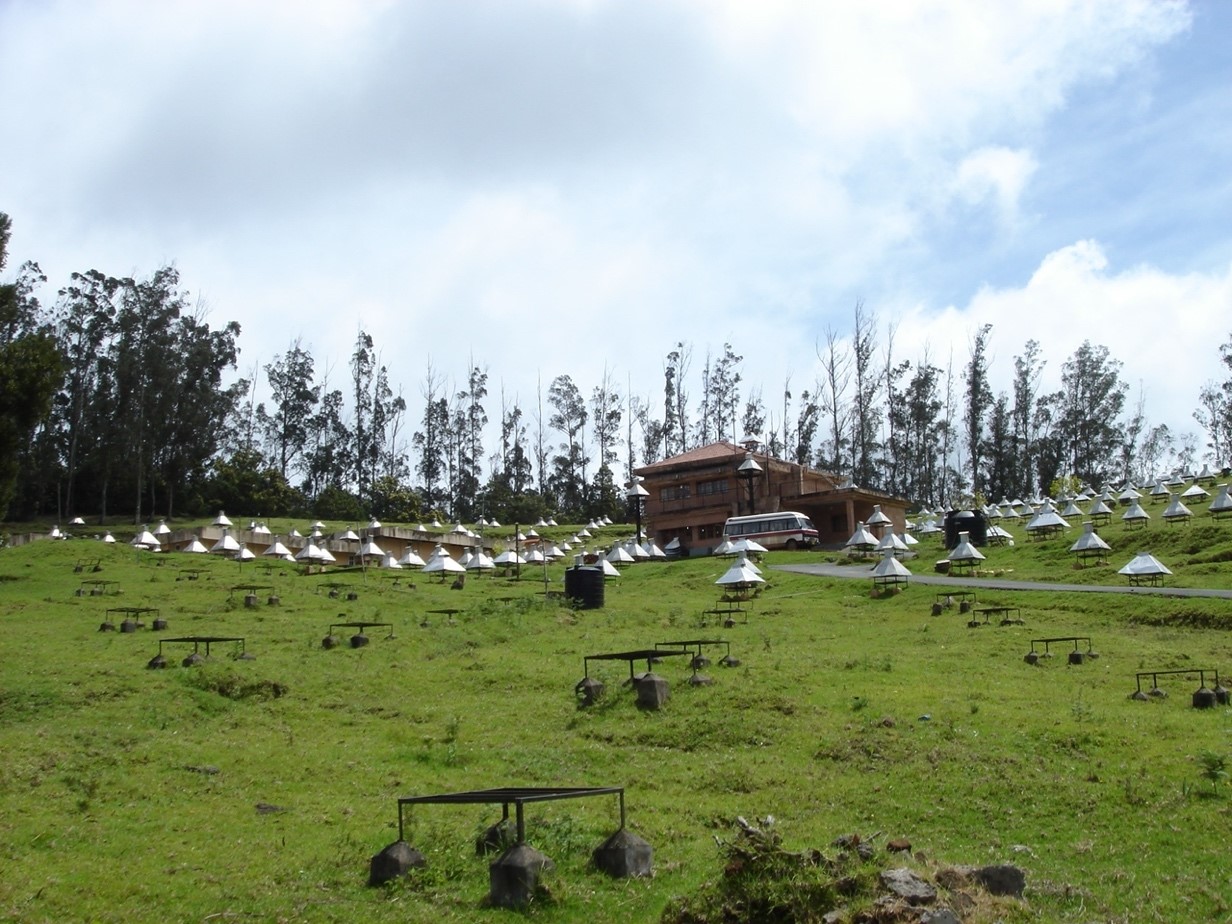GRAPES 3 EXPERIMENT

Disclaimer: Copyright infringement not intended.
Context
- The GRAPES-3 experiment has discovered a new feature in the cosmic-ray proton spectrum at about 166 tera-electron-volt (TeV) energy.
- The observed feature suggests a potential re-evaluation of our understanding of cosmic-ray sources, acceleration mechanisms, and their propagation within our galaxy.
Details
- Cosmic rays, discovered over a century ago, are the most energetic particles observed in the universe.
- They continuously bombard Earth's atmosphere from outer space, displaying a uniform distribution from all directions.
- Upon entering the atmosphere, cosmic rays initiate a cascade of particles, including electrons, photons, muons, protons, and neutrons, which travel to Earth's surface at speeds close to that of light.
- The observation of cosmic rays spans a wide energy spectrum, ranging from 10^8 to 10^20 electron volts (eV), with the flux decreasing steeply with increasing energy, following a power law distribution.
- The "Knee," a notable deviation in the cosmic-ray proton spectrum around 3 peta-electron-volts (PeV), has been recognized for nearly seven decades, indicating the presumed upper limit of energy for cosmic-ray acceleration within Galactic sources.
- However, the recent revelation by the GRAPES-3 experiment unveils a new feature in the cosmic-ray spectrum exceeding 100 TeV but remaining below the Knee.
- This observation challenges the previously accepted hypothesis proposing a single power law representation of the spectrum up to the Knee energy threshold, prompting a re-evaluation of existing theoretical models.
About GRAPES-3
- The GRAPES-3 experiment, also known as the Gamma Ray Astronomy PeV EnergieS phase-3, is a collaborative effort between the Indian Tata Institute of Fundamental Research, the Japanese Osaka City University, and the Japanese Nagoya Women's University.
- Located in Ooty, GRAPES-3 aims to study cosmic rays using an array of air shower detectors and a large-area muon detector.
Objectives:
- Acceleration of Cosmic Rays: Investigate the origin, acceleration, and propagation of cosmic rays with energies exceeding 10^14 eV in the galaxy and beyond.
- Knee in Energy Spectrum: Determine the existence and characteristics of the "knee" in the energy spectrum of cosmic rays.
- High-Energy Cosmic Rays: Study the production and acceleration mechanisms of the highest energy cosmic rays, reaching energies around 10^20 eV, in the universe.
- Gamma-Ray Astronomy: Explore the astronomy of multi-TeV gamma rays emitted from neutron stars and other compact objects.
- Solar Effects: Investigate the Sun as the closest astrophysical object, its role as an accelerator of energetic particles, and its effects on Earth.
Overview:
- The history of cosmic ray research in Ooty dates back to 1955 when B. V. Sreekantan initiated the first experiments using cloud chambers at the Cosmic Ray Laboratory (CRL).
- Over the years, various experiments were conducted at the CRL, including studies on high-energy interactions, extensive air showers, and high-energy nuclear interactions.
- The GRAPES-1 experiment was subsequently upgraded to GRAPES-2 before the establishment of GRAPES-3 at a new site called the RAC site, 8 km away from the old site, due to technical and administrative constraints.
- GRAPES-3 currently operates with approximately 400 plastic scintillator detectors, each covering an area of 1 m^2, with a separation of 8 meters between detectors.
- The experiment aims to record the density and arrival time of particles in cosmic ray showers continuously.
- GRAPES-3 boasts the highest density conventional Extensive Air Shower (EAS) array globally and includes a massive 560 m^2 area tracking muon detector, making it the largest area tracking detector in the world.
Conclusion
In summary, the GRAPES-3 experiment represents a significant endeavor in the field of cosmic ray research, aiming to unravel the mysteries surrounding the origin, acceleration, and properties of cosmic rays across different astrophysical settings.
|
PRACTICE QUESTION Q. Discuss the significance of the GRAPES-3 experiment conducted by the Tata Institute of Fundamental Research in advancing our understanding of cosmic-ray physics. (250 Words) |




1.png)
